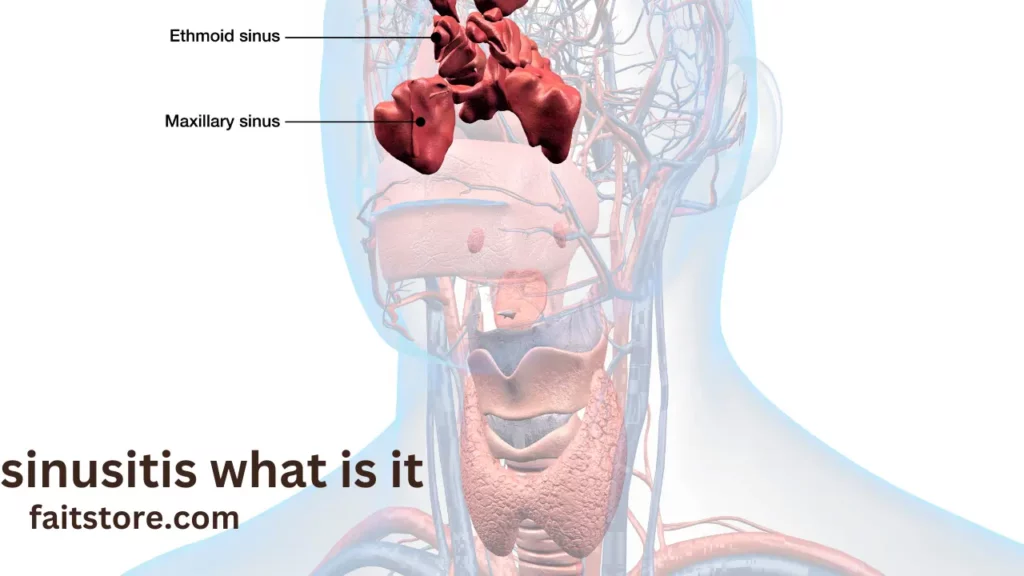Sinusitis: What Is It and How to Find Relief?
Sinusitis: What Is It and How to Find Relief?
Sinusitis is a common condition that affects millions of people worldwide. It refers to the inflammation and swelling of the tissues lining the sinuses, which are hollow cavities around the nasal passages. When the sinuses become blocked and filled with fluid, it can lead to discomfort and a range of symptoms. It will explore the causes, symptoms, types, diagnoses, and treatment options for sinusitis, as well as natural remedies, prevention tips, and common misconceptions surrounding this condition. Sinusitis What Is It
Sinusitis: What Is It?
Sinusitis, a sinus infection, occurs when the sinuses become infected or inflamed. The sinuses are air-filled spaces located within the bones of the face and skull, and their primary function is to produce mucus that moisturizes the inside of the nose, preventing it from drying out. When the sinuses become blocked due to factors such as allergies, infections, or structural issues, it can lead to the development of sinusitis. Sinusitis is the inflammation of the sinus lining, which disease, allergies, or structural abnormalities can cause. It can be acute (short-term) or chronic (long-term), depending on the duration of symptoms. Sinusitis What Is It

Types of Sinusitis
There are several types of sinusitis, including:
- Acute sinusitis lasts a short period, usually less than four weeks.
- Subacute sinusitis: Persists for four to twelve weeks.
- Chronic sinusitis: It lasts for more than twelve weeks or keeps recurring.
- Recurrent sinusitis: Characterized by multiple episodes of acute sinusitis throughout the year.
Causes of Sinusitis
Sinusitis can be caused by various factors, including:
- Viral infections: Common cold or flu viruses can lead to sinusitis.
- Bacterial infections: Secondary bacterial infections can occur after a viral infection.
- Allergies: Allergic reactions to pollen, dust mites, or other allergens can cause sinus inflammation.
- Structural abnormalities: Nasal polyps, deviated septum, or narrow sinus openings can contribute to sinusitis.
Symptoms of Sinusitis
The symptoms of sinusitis can vary depending on the type and severity of the condition. Common symptoms include:
- Facial pain or pressure
- Nasal congestion
- Thick nasal discharge
- Loss of smell or taste
- Headache
- Fatigue
- Coughing
- Sore throat
Risk Factors for Sinusitis
Several factors can increase the risk of developing sinusitis,
such as:
- History of respiratory infections: Individuals with frequent respiratory infections are more prone to sinusitis.
- Allergies: People with allergies, especially allergic rhinitis, are at a higher risk of developing sinusitis.
- Structural abnormalities: Certain structural abnormalities in the nasal passages or sinuses can obstruct proper drainage and increase the risk of sinusitis.
- Weakened immune system: Individuals with a weakened immune system, such as those with HIV/AIDS or undergoing chemotherapy, are more susceptible to sinus infections.
- Environmental factors: Exposure to pollutants, cigarette smoke, or irritants in the air can irritate the sinuses and lead to sinusitis. Sinusitis What Is It

Comments
Post a Comment